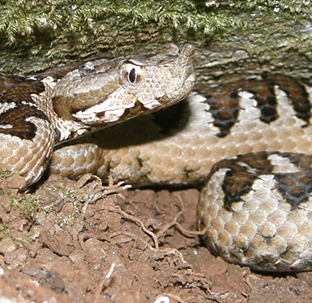sent me and Ruben Smit in June 2009 to Serbia, to photograph the wonders of Serbian wildlife.
I was hired as a field tracker and asssitant
.
- GORNE PODUNAVLJE
- .
- .
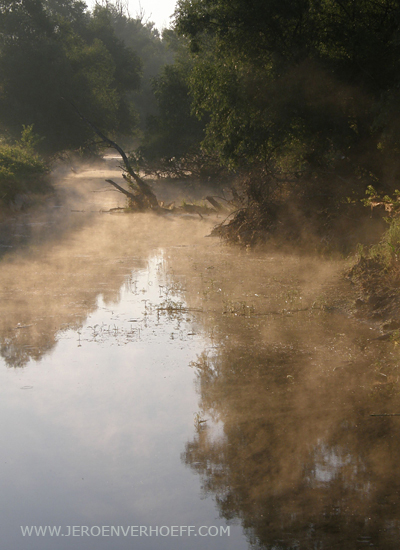
- .
- We started our trip in Gorne Podunavlje, a huge forested floodplain at the borders of Croatia and Hungary. These Danube floodplains abound with beautiful riverine forests..
- .
- .
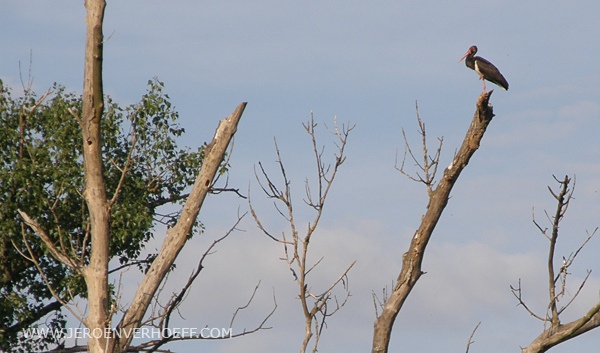
- .
- Black stork
- .
- .
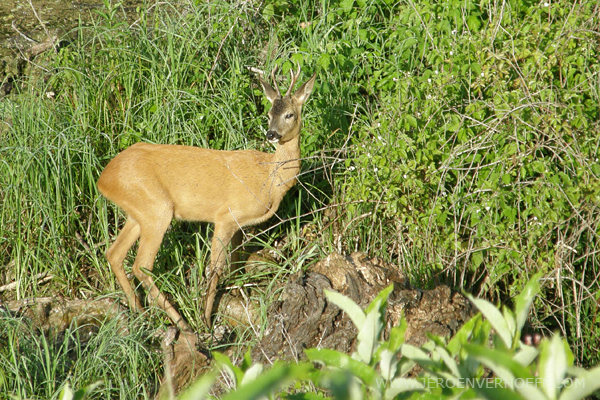
- .
- Roe buck
- .
- Other wildlife we encountered were numerous white tailed eagles, honey buzzards, orioles, goshawks, grass snakes, a stoat, a pine marten hopping around in broad daylight through the flooded forest, lots of wild boars (Including one swimming with nine babies), and three beautiful golden jackals.
- .
- .
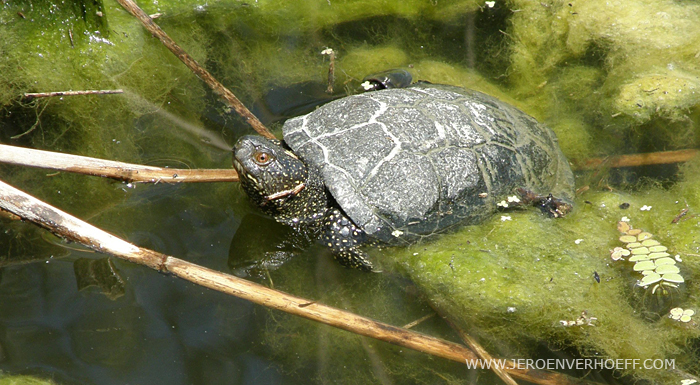
- .
- European pond turtle
- .
- .

- .
- Wild boar
- .
- .
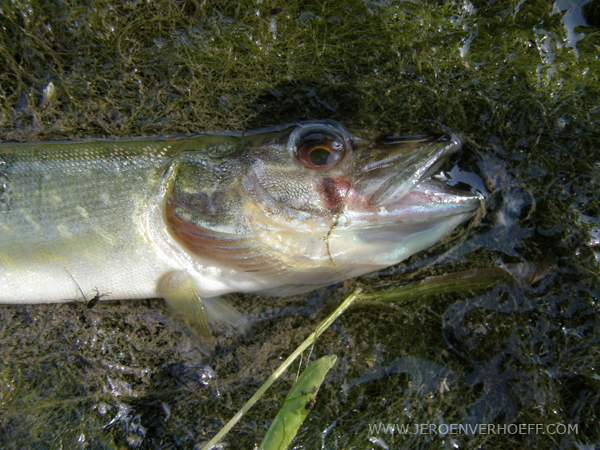
- .
- In a drying pool dozens of small pikes are chasing the last rudd.
- In their hunting frenzy some of them even ended up on the shore.
- .
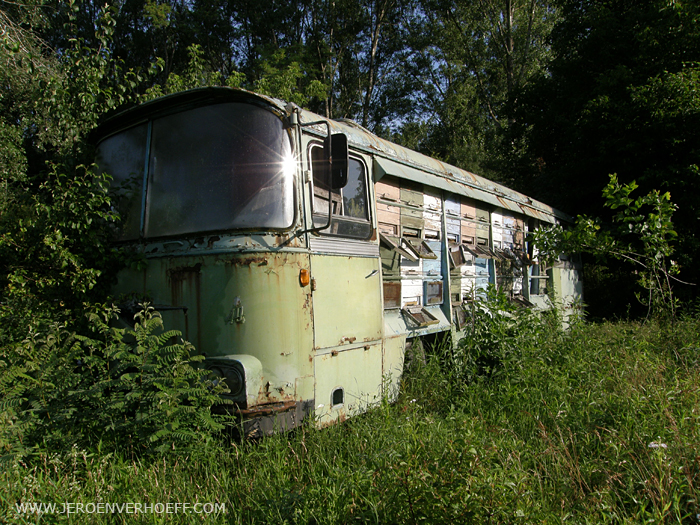
- .
- Beehive bus
- .
- .
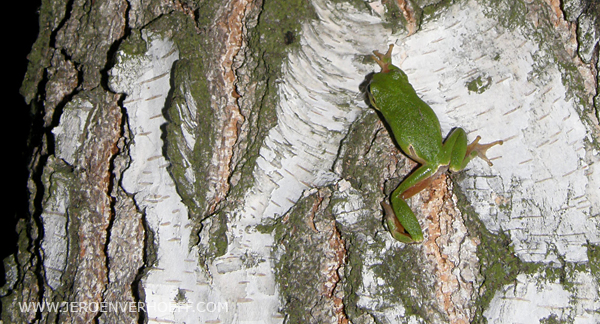
- .
- Tree frog
- .
- .

- .
- Red deer fawn
- .
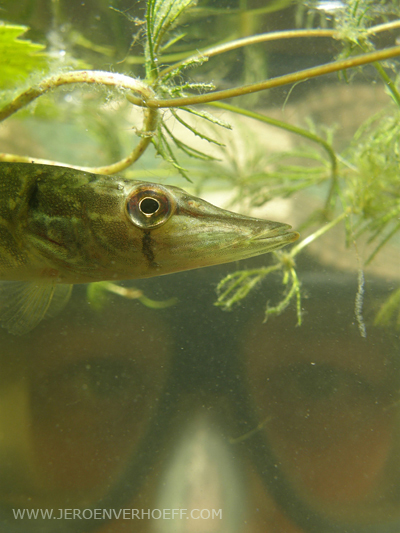
- .
- Self portrait with young pike
- .
- .
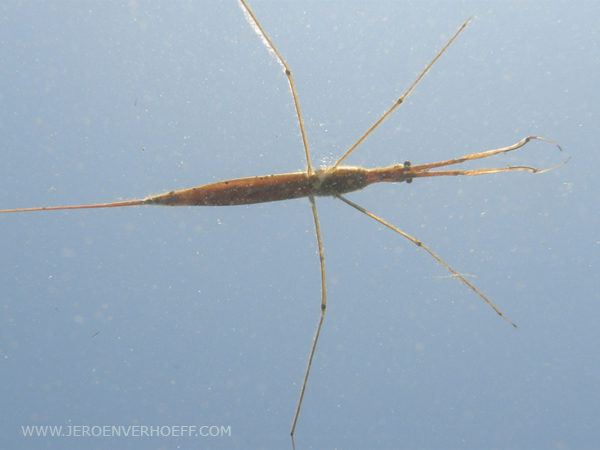
- .
- water stick insect
- .
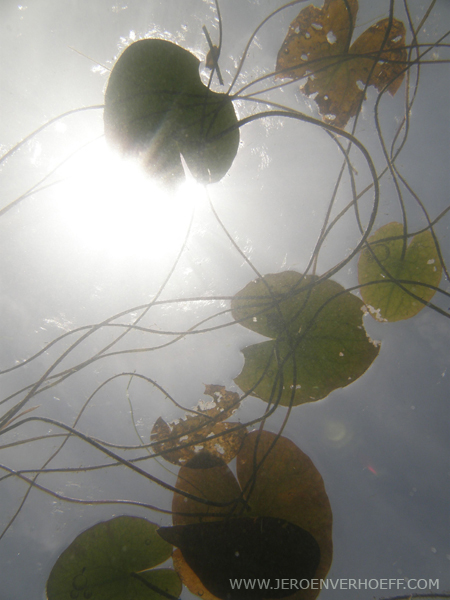
- .
- Yellow floating heart
- .
- .
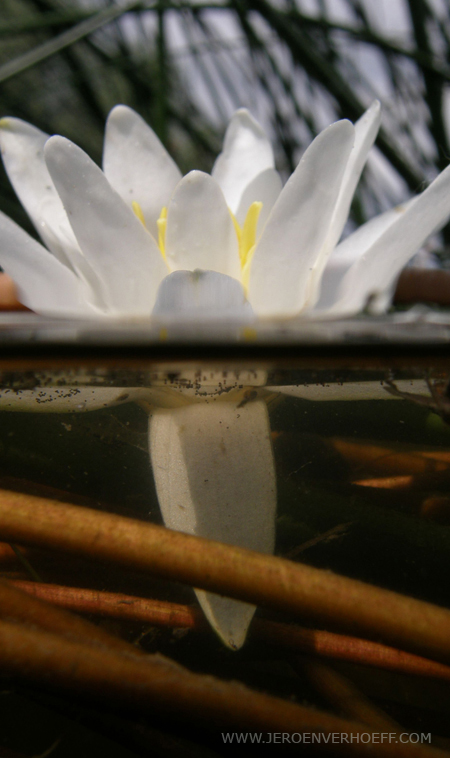
- .
- Waterlilly
- .
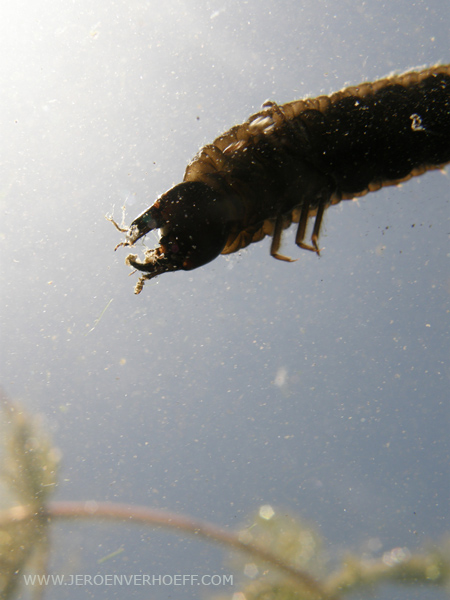
- .
- Great Silver Water Beetle larvae (Hydrophilus piceus)
- .
- .
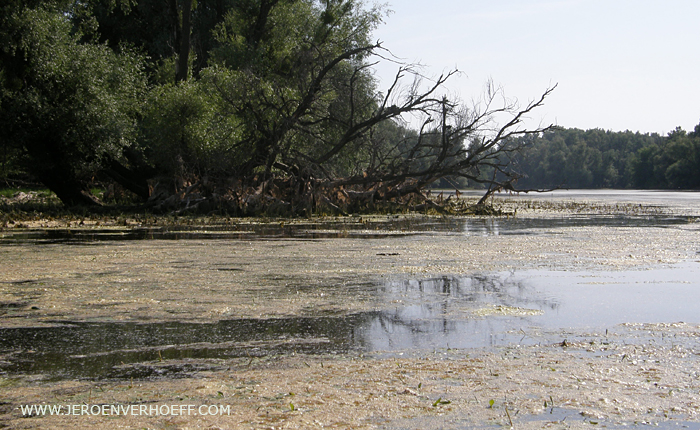
- .
- Danube oxbow lake
- .
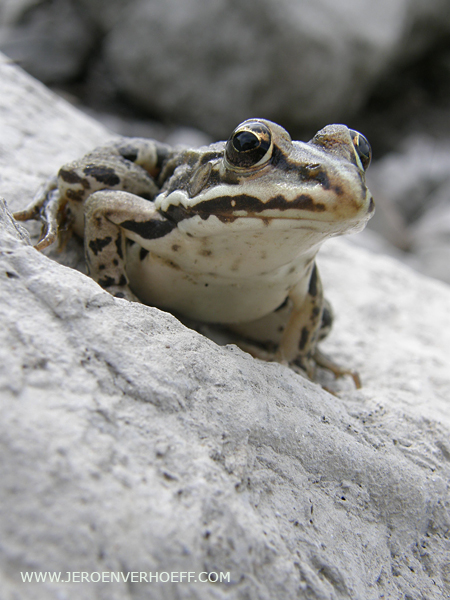
- .
- Edible frog
- .
- .
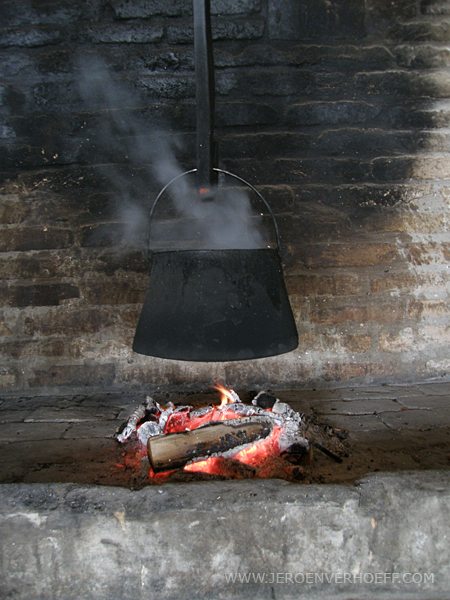
- .
- Fisherman’s cooking pot.
- .
- .
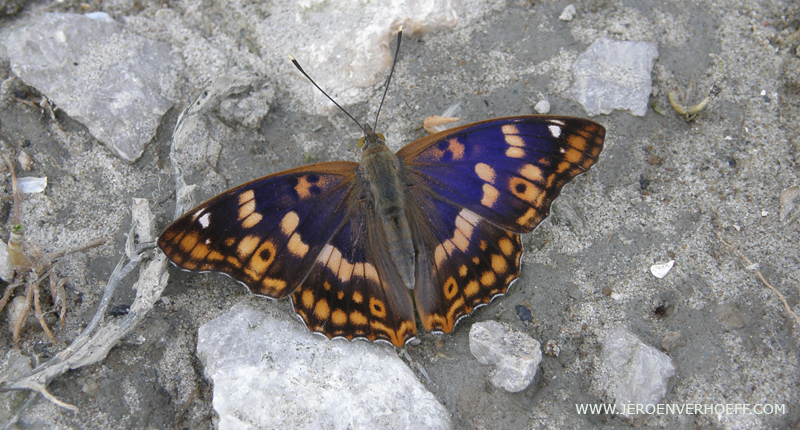
- .
- Lesser Purple Emperor (Apatura ilia)
- .
- .
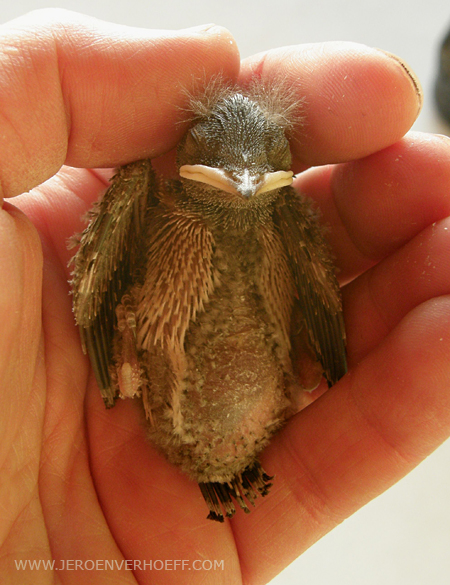
- .
- Barn swallow fallen out of nest.
- .
- It was awful to learn that these beautiful landscapes are in danger. In the middle of the reserve ancient oaks and poplars are still being felled and replaced bij monotous plantations of exotic poplars. I was told that the Serbian people do not care very much for conserving this kind of nature and in addition local conservationists must act very careful because of the still existing eastblock mentality…
- .
- .
- DJERDAP NATIONAL PARK
- .
The second area we visited wasjerdap National park, also bordering the Danube, but located in the Southeast of Serbia. Here the Danube flows through the Iron Gate, a river canyon up till ninety meters deep. Beautiful and ‘strictly no entrance’ forests cover the land lying above, but keys are surprisingly easy to find, as long as you are travelling under the name of National Geographic.
- .
- .
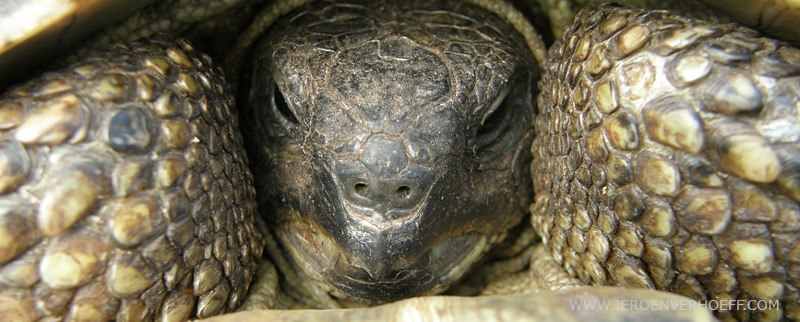
- .
- Hermann’s Tortoise (Testudo hermanni)
- .
- .
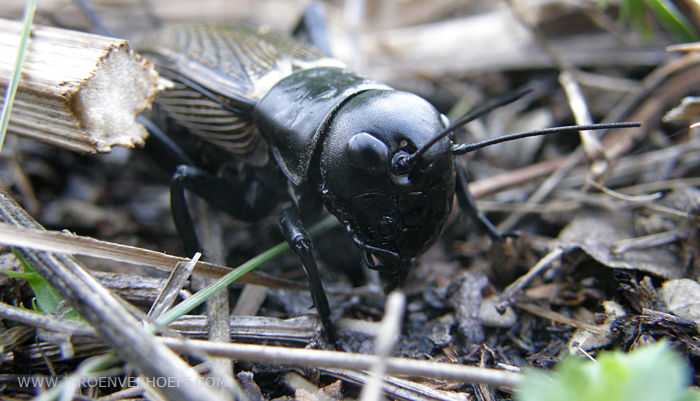
- .
- Field cricket
- .
- .
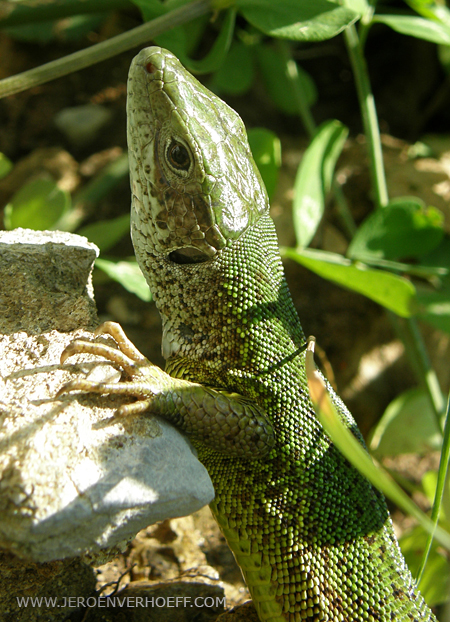
- .
- Green lizard
- .
- .
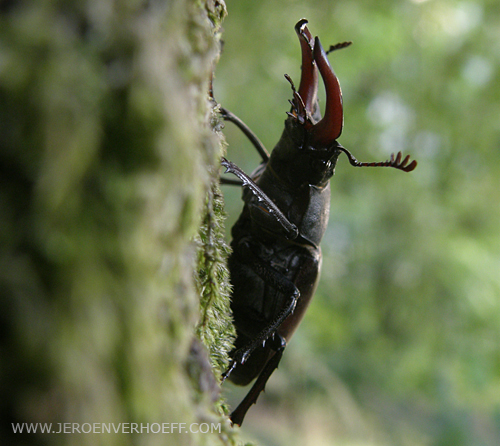
- .
- Stag beetle
- .
- .
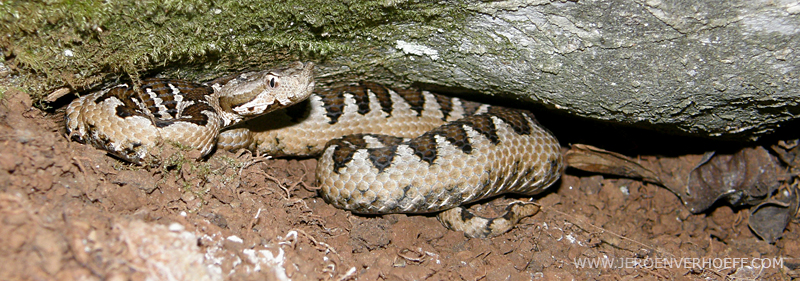
- .
- Long-nosed Viper (Vipera ammodytes)
- .
- .
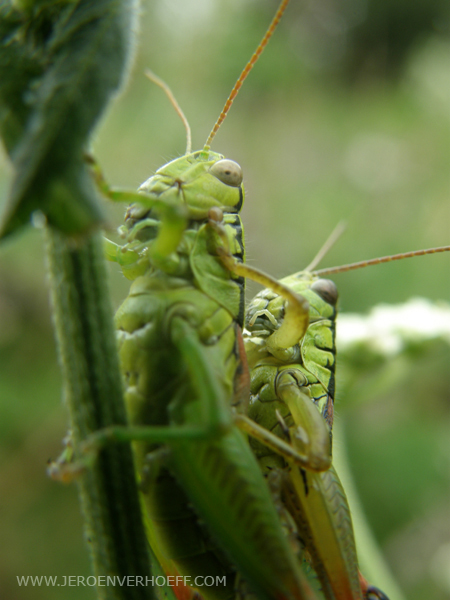
- .
- Grashoppers
- .
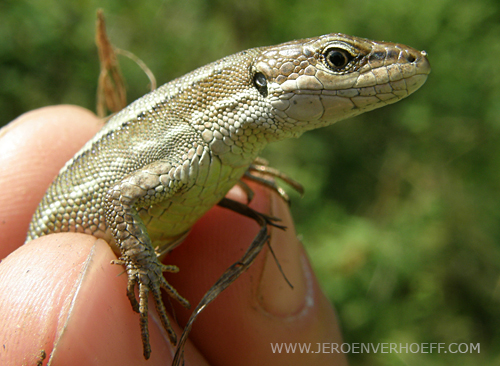
- .
- Meadow lizard (Darevskia praticola)
- .
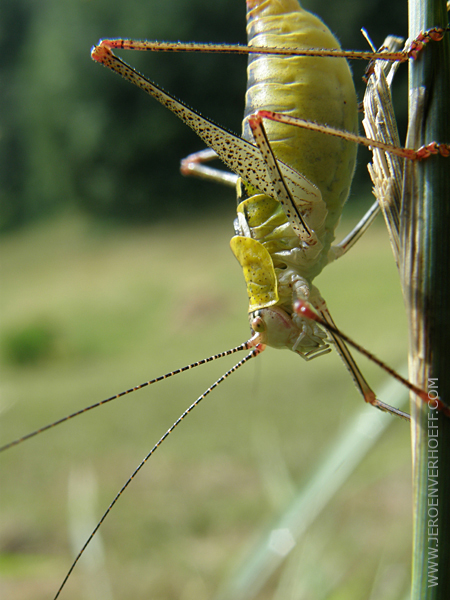
- .
- Bush cricket species
- .
- .
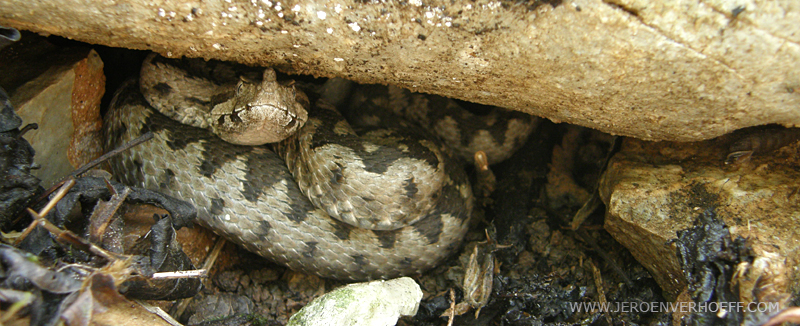
- .
- Long-nosed Viper (Vipera ammodytes)
- .
- .
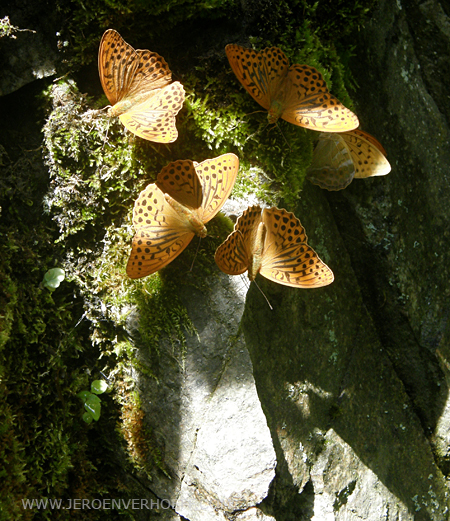
- .
- Silver Washed Fritillaries (Argynnis paphia)
- .
- .
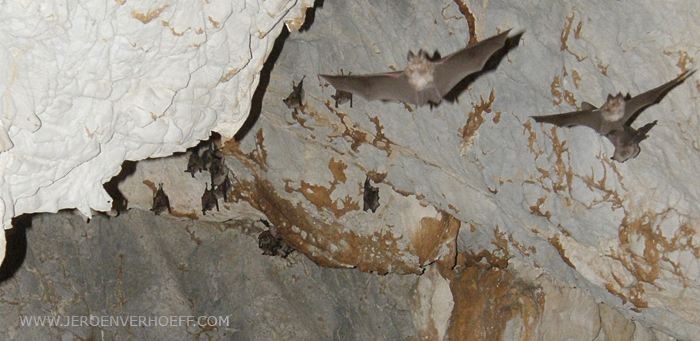
- .
- In the batcave
- .
- .
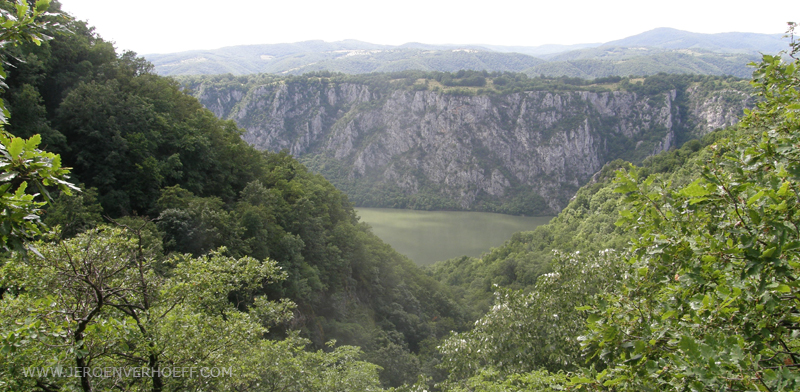
- .
- The ‘Iron gate’
- .
- I saw another two pine martens, one of which was circling me at close quarters at night while I was sitting against a beech tree, some roe deer, red deer, chamois (introduced) an Eastern hedgehog, slow worms, a big smooth snake, a snake-eyed skink, ravens and much more.
- .
- .
- .
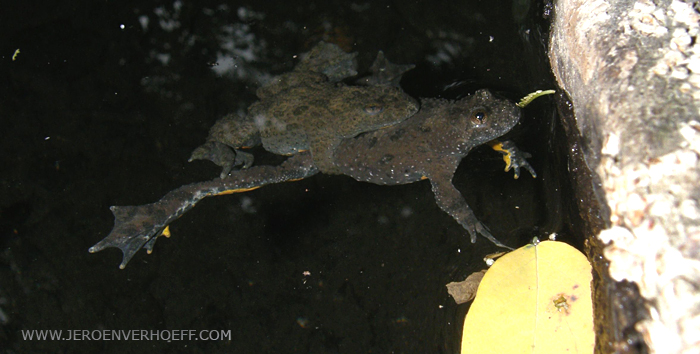
- .
- Yellow-bellied toad (Bombina variegata)
- .
- .
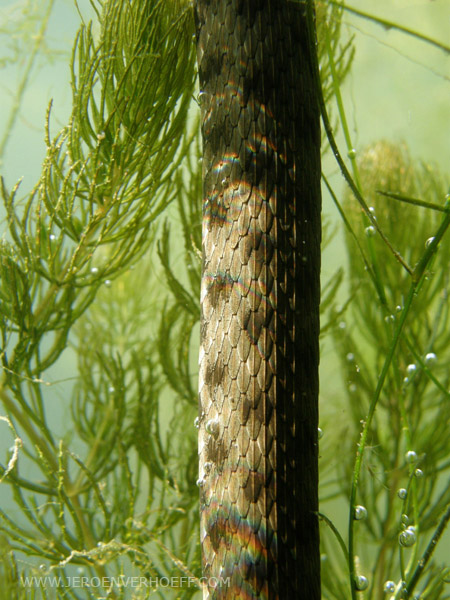
- .
- Dice snake (Natrix tessellata)
- .
- .
- I had half an hour to snorkle the mighty Danube.
- Lots of fish I saw, among them my first wild European carp and a huge European catfish.
- Nice!
- .
- .
- .
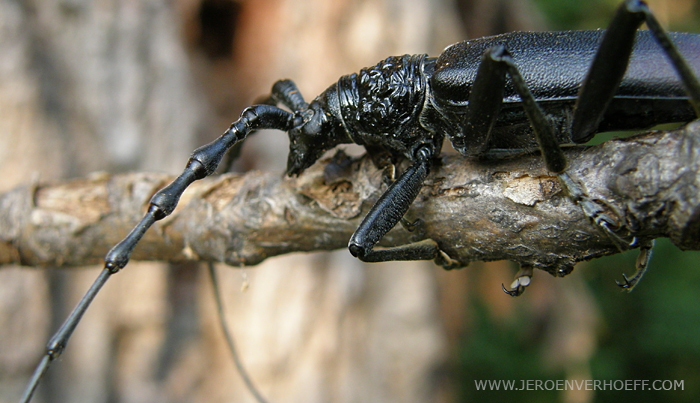
- .
- Great capricorn beetle (Cerambyx cerdo)
- .
- .
- .
